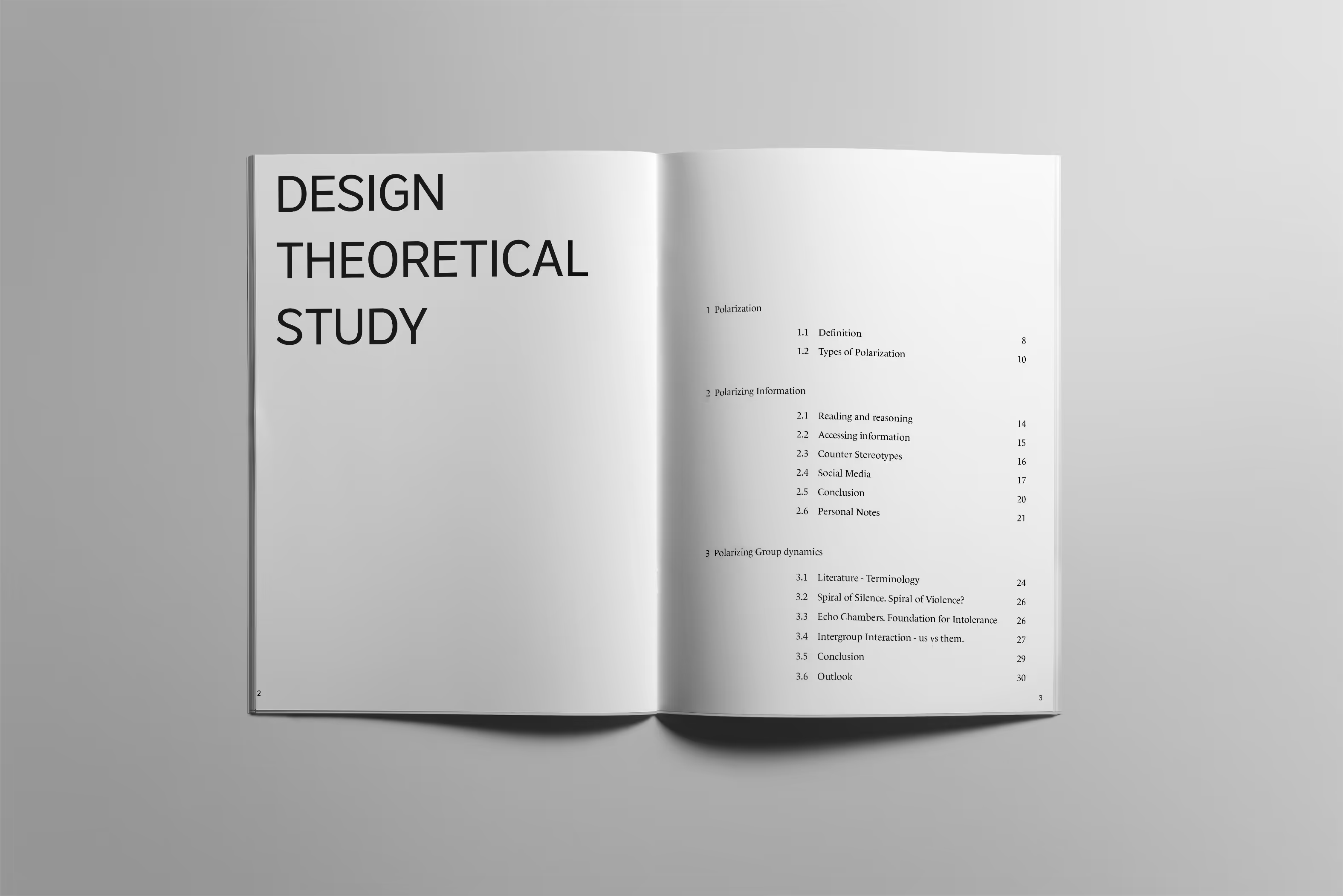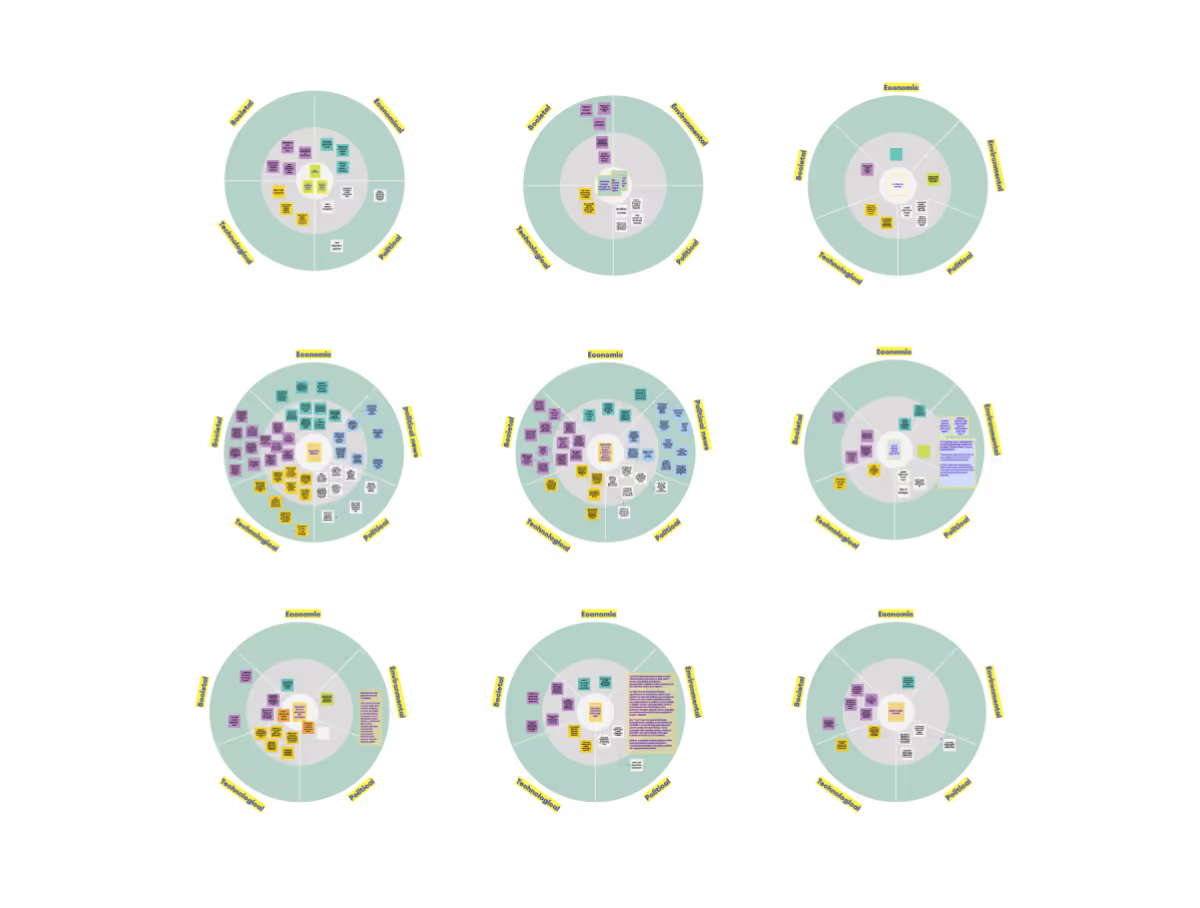2032
Research Point 1: AR Fashion
AR fashion; wearables support AR vision with physical interactiveness, customizing user experience to user’s physical and biochemical reactions 'bio-data', taking human's bond with technology into a new level.
This time frame is a base for the coming narratives, introducing future technologies, new type of data and its influence on user-platform relationship.
.webp)
Museum Element: First-Gen Treasures
In the original concept, this artifact represents the oldest generation of wearables, found in a second-hand shop where buyers scan price tags to hear previous owners narrating unforgettable experiences of communicating through their wearables. The value of these 'vintage' items lies not only in their historical significance but in the profound emotional connections they fostered
2032
Data Law
What if user's virtual data is user's property and operates in a universal format on any network?
2035
Research Point 2, Profitable everything
Users are ‘micro partners’ in networks’ refined business models, data as currency, with a varying value, depending on user’s identity and societal status, and the quality of their data generators (wearables).
This time frame examines the consequences of users capitalising on their virtual existence for more privileges. intense user-activity generates profitable data, profit is divided between the network, data generators (regular users) and data motivators (influencers).
.webp)
Museum Element: Crisis Tourism
A speculative term, mainly pointing at a popular service among users who strive to generate more profitable data from their gadgets, by immersing them in a limited daily dose of high-stimulation multimedia content, most famous for trips into areas of political or natural crisis around the world, from the comfort of one’s living room.
2035
Social Allowance
What if social networks and AR Tech are publicly funded?
2045
Research Point 3, Business Society Models
Society-oriented networks compete against giant profit-obsessed networks through Social Allowance, prioritize users’ well being and include them as policy co-creators.
This time frame experiment with stages of digital democracies as social networks transition to ‘life-networks’ and addresses the stigma of Ads profit bringing society to its extreme length in previous timeframes

Museum Element: Mindful Ads
This Speculative Invitation, sent to a member of a social-allowance based network, who like other users, only receive a strict number of ‘mindful ads’ every month to ensure network access for those who don’t get social allowance from their governments. They’re invited to join deliberation rounds and vote on expanding mindful Ads for further charitable acts.
2060
.webp)
Museum's Time frame
This project avoids to approach social media's destructive nature with a singular solution, but rather with stages of radical rethinking of our virtual existence in structural manner.
In 2032 is introduces us to new technology and its impact, prepares to face the elevated extremes of social networks, in 2035, it tests the idea of users being stakeholders, 2045 begins to reimagine the role of fixed- or non-profit in user-platform dynamics.
Overall, the Museum itself (2060) brings a nostalgic look-back at previous time frames, philosophically suggesting, if future networks exponentially develops to manage the most complex aspects of our daily lives, with AI-powered democratic processes, 2060 might be the time, societies have a new understanding of co-existence and belonging.

